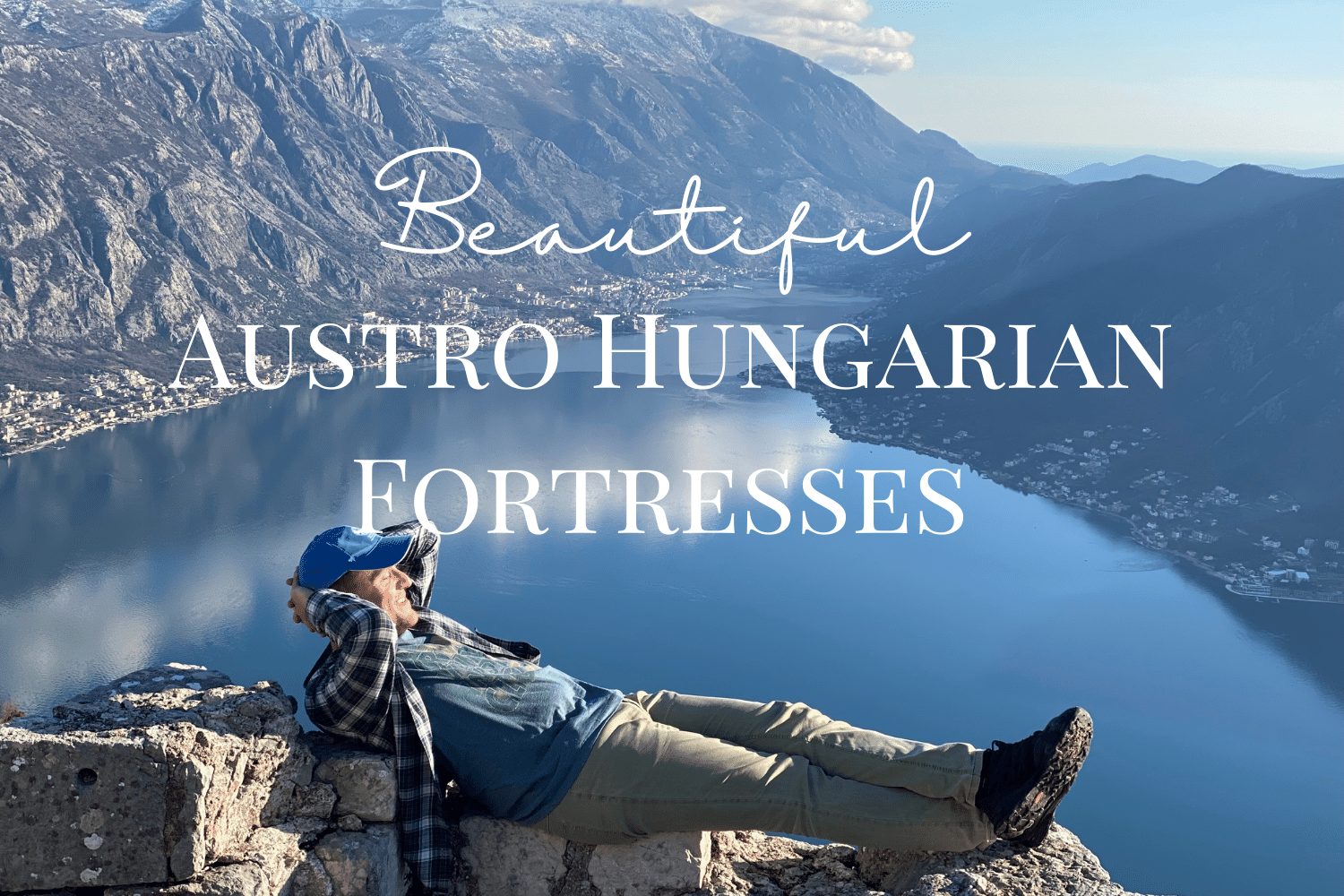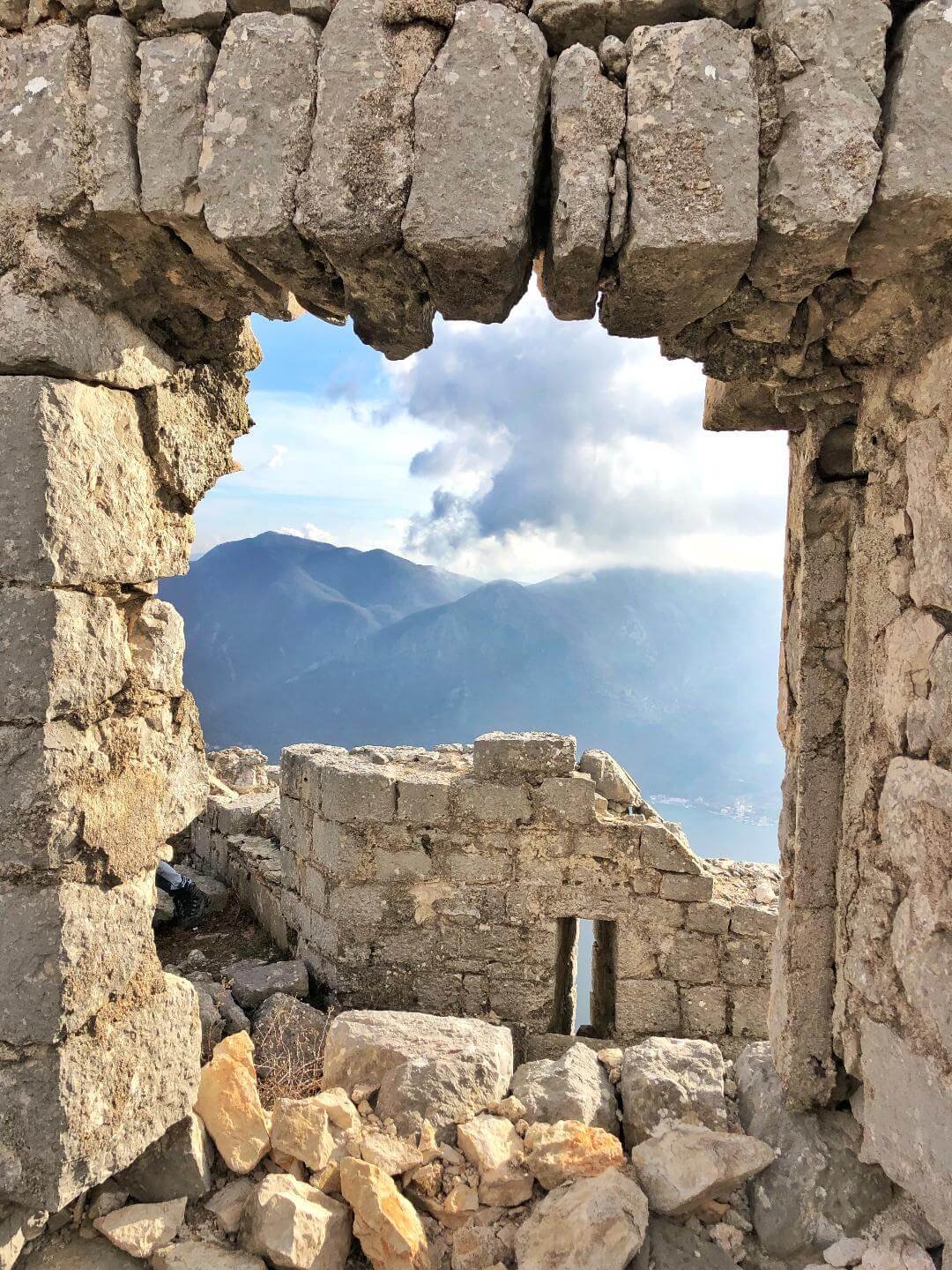Fascinating Austro Hungarian Fortresses - Important cultural heritage in Montenegro
The saying goes that putting your hand into the sea connects you to the whole world. In fact, the sea was the primary link between ancient coastal cities in Montenegro and the rest of the world.
Many turbulent historical events and even wars describe Montenegrin past. Nevertheless, those rough historical moments led to the creation of most Montenegrin cities and fortified towns, which are now popular tourist destinations, especially the coastal part. Boka Bay has always been of exceptional strategic importance, and was considered one of the best ports.
With its ancient Mediterranean heritage and rich history, Montenegro remains one of the most interesting countries to visit today.
Boka Bay is one of the most stunning places in Montenegro.
Rising all around the bay is a dramatic mountain range that looks as if it stretches from eternity to eternity. Nestled in its foothills are small picturesque villages with old stone houses and terracotta roofs that seem to have been there forever.
The best way to experience the amazing natural beauty of Boka Bay is by sailing or cruising on its waters, however if you want to also see the hidden part of the Bay, then hiking is the best option. All over the mountains surrounding the Bay you have hidden and forgotten testaments of days long past specially the period of Austro-Hungarian rule of the bay.
Download our PDF for free and discover the best hiking tours in Boka Bay (Kotor Bay) here.
Stunning heritage of Austro-Hungarian Empire in Montenegro
One of the empires that left a biggest mark in Montenegro is Austria-Hungary. Austro-Hungarian Empire ruled the Bay of Kotor since 1797 until 1918 when the empire collapsed and the coastal strip of Montenegro was united with the post-World War One Kingdom of Yugoslavia.
Due to its position in the proximity of the Otranto Strait as well as the relief formed by the slopes of the surrounding mountains, in the form of four smaller basins, i.e. bays: Herceg Novi, Tivat, Risan and Kotor (which combine into one).
Austro-Hungarian Fortresses in Montenegro
The Boka Bay (Bay of Kotor) was one of the most important ports in the entire Austro-Hungarian Empire, and as a specific type of cultural heritage, they left behind an impressive number of fortifications. The number of fortresses in coastal Montenegro is estimated to be more then 83 and some say even more then 100. It is estimated that many of this fortresses had been previously made by Illyrian tribes that used to live in Montenegro.
The fortresses together with signal houses and guard points were used as military fortifications with 3 lines of defense. Each of the facilities in the system had its own specific role.
The first line of defense represented the fortifications Arza- Mamula- Prevlaka (coastal, just in front of the Bay).
The second one was in the hills above the Bay.
The third one represented the higher points of the hills, where it was possible to control the other two zones and have a more transparent view of the whole area.
These fortifications had a strategic position and a special significance. They were built so that they could have fast optical communication, which in the time of no telecommunication was important to have. The information from the farthest point traveled only 2-3 minutes, the range of artillery covered everything around and not a single piece of land or the sea was left uncovered.
Construction of the fortifications was done in phases:
The first phase (from 1838 to 1851) included the construction of the fortresses in the coastal part in order to defend against the attack of the enemies from the sea,
The second phase (from 1851 to 1880) included the construction of some of the most famous and beautiful fortresses of Boka Bay like Mamula and Arza, as well as the first part of the fort in Vrmac.
The third phase (from 1881 to 1893) placed great emphasis on the fortification in the
area around the Orijen mountains above the town of RisanThe fourth phase (from 1894 to 1905) included construction of a second line of fortresses at the entrance of the bay and finalizing the construction of the fort Vrmac in 1897, as well as a number of smaller fortifications around the town of Tivat.
The fifth phase which lasted until the outbreak of World War I, is characterized by the construction of additional fortifications near Tivat, and the never completely completed Fort Dvrsnik above Crkvice.
The immaculate organization of the defense system is confirmed by the numbers! Before the start of the 1st World War, there were about 3,500 permanent fort crew in Boka, equipped with more than 200 cannons, about 100 machine guns, 46 reflectors and 6 torpedo tubes. The warehouses had food, medicines and all other supplies which were provided to about 36,000 soldiers and 6,700 horses.The water supply was also perfectly organized. It was addressed by a large number of tanks in the fortifications and at intended locations, almost all of these shuttles and tanks are still operational today!
Even nowadays, the great military experts are stunned by the expertise of the builders who designed the fortress so that relatively small fortifications can “cover” and control a vast space.
unfortunately not all of the fortresses are preserved, however they are located at the most incredible locations and are often visited on hikes by peole visiting Montenegro.
The fortresses illustrate the European cultural and military heritage of the southern border of the ruling Austro-Hungarian Empire. Here are some of the most impressive ones:
Fort Gorazda
In the vicinity of Kotor, the Austro-Hungarian Empire constructed Fort Gorazda.
An earlier fortress was constructed before the uprising of 1869. The current fort was built between 1884 and 1886 and replaces an earlier structure; its most notable feature is a 100-ton rotating Gruson turret on its roof, the last example of this type in the world.
In the First World War, the Austrians used the fort in artillery battles with Montenegrin battalions located on Mount Lovcen. In 1916, the Austrian army did not allow the Montenegrins to destroy it and forced them out of range. As a support to the Austrian field army, the fort's damage was repaired and its guns were removed.
The Yugoslav Army used it as a depot until the early 1990s. Afterwards, it was abandoned and visitors are free to explore this area.
In the vicinity of Goražda, on Mount Vrmac, there is another peculiar fortress also built in 1897 by Austria-Hungary and bearing the same name as the mountain.
Fort Vrmac
Vrmac (St. Ilija) is a fortress between Tivat and Kotor located at the top of the mountain of the same name. The fortress is surrounded by a beautiful forest perched on top of a mountain with picturesque views of Kotor Bay and the mountains.
The fortress was built between 1891 and 1897 and belonged to the Austro-Hungarian Empire. During the Second World War, the fortress was heavily destroyed by the Montenegrin army, but it was later restored. After the fall of Austria-Hungary, the fortress fell into the hands of the Yugoslav army.
This fortress is also interesting because in one of its rooms there are portraits of saints painted on the walls. Perhaps there was a monk who lived in the fortress and painted these murals.
Today, Vrmac Fort is abandoned, but is in quite good condition. However, visitors should be careful, as some rooms do not have floors.
We often take our guests hiking from the fortress until the top of the Mount Vrmac.
Fort Vranovo brdo above Perast
Austro-Hungarian fort Vranovo brdo (St. Andrija) was built from 1882 to 1886. It is located above Perast at the top of a hill of the same name (743m above sea level).
The locals called it fort Sveti Andrija. The fort offers a wonderful view of the Bay of Kotor and it can be reached by a Austro-Hungarian serpentine trail from Perast which is 3.8km long.














